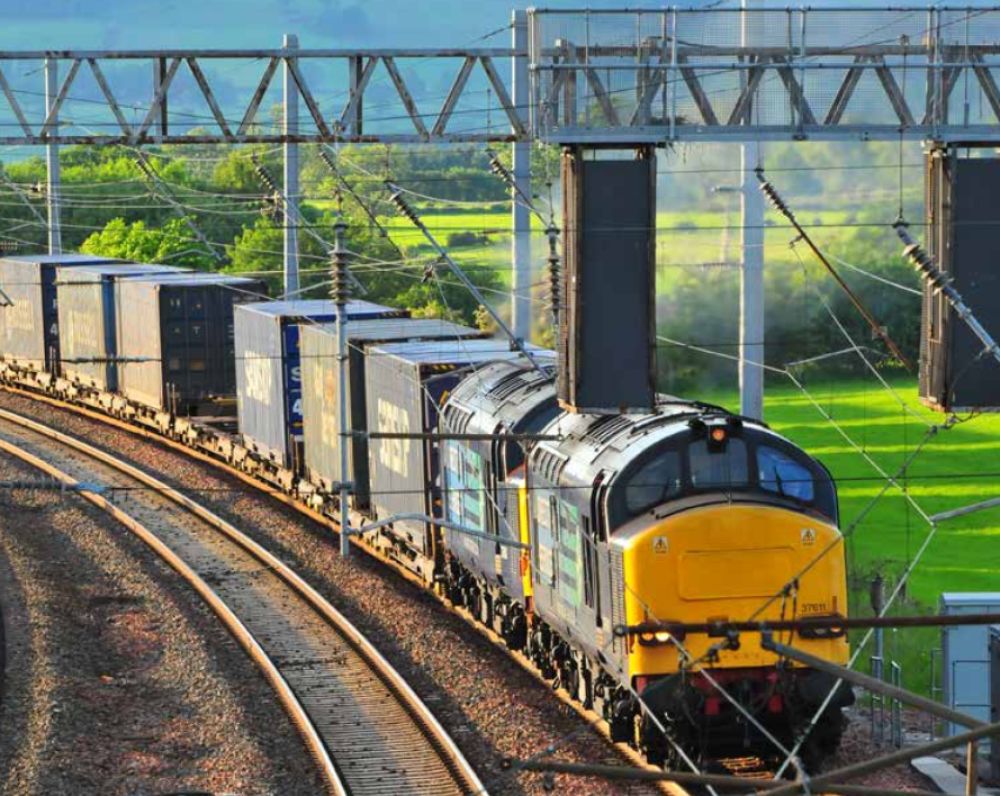While the proposal, named “Getting Britain Moving: Labour’s Plan to Fix Britain’s Railways” sets high expectations for passenger services, it also casts a spotlight on the freight sector and suggests significant shifts in governance and operations. However, a critical analysis reveals potential challenges and uncertainties that merit closer examination.
Strategic Overview
At the heart of Labour's strategy is the establishment of Great British Railways (GBR), a public body designed to centralize and streamline rail operations. This move towards renationalization is positioned as a remedy to the fragmentation caused by privatisation, aiming to enhance efficiency and accountability across the rail network.
Key Features of Labour's Plan:
Unified Management: GBR would oversee both passenger and freight operations, intending to eliminate the current compartmentalization and improve service integration.
- Public Ownership: Transitioning current private operators to public control, aimed at reducing fare costs and improving service reliability.
- Infrastructure and Service Investments: Emphasizing modernization of rail infrastructure and the introduction of advanced technologies for better service management.

Implications for Freight Rail Operators
Labour’s plan has specific ramifications for freight rail operators:
- Integration under GBR: While passenger services receive much of the focus, freight operations are also to be integrated under the umbrella of GBR. This could streamline operations but also raises concerns about prioritization, especially if passenger services dominate strategic decisions.
-
Growth and Efficiency Targets: The proposal includes objectives to enhance the efficiency and capacity of freight services, aligning with environmental goals by shifting cargo from road to rail, which is generally less polluting.
-
Open Access Preservation: Labour intends to maintain open access for independent freight operators, which could foster competition and service innovation. However, how this will operate under a predominantly public system remains a question.

Critical Perspectives
While Labour's proposal is ambitious, several aspects warrant a more critical scrutiny:
- Feasibility and Implementation: The transformation envisaged by Labour is profound and would require significant upheaval in current operations. The timeline and practical steps for such a transition are optimistic, and the risks associated with such a large-scale reorganization could lead to disruptions.
-
Economic Assumptions: The financial model assumes cost savings and efficiency gains from consolidation, but these benefits are not guaranteed. The initial costs of restructuring, potential bureaucracy in a centralized system, and the challenge of managing a hybrid model with remaining private operators could offset these gains.
-
Impact on Innovation: While public ownership aims to reduce fares and improve reliability, it may also stifle innovation by reducing competition. The rail industry's dynamic needs might be better served by a model that encourages both public interest and private innovation.
-
Stakeholder Reactions: The reaction from private operators, investors, and international rail companies will also be critical, as these stakeholders may be resistant to changes that affect their interests. Ensuring their cooperation or managing their opposition will be crucial for the successful implementation of Labour's rail reform.
Labour's rail reform plan presents a vision for a fundamentally transformed British railway system, with notable ambitions for both passenger and freight services. While the intentions behind the proposal are to address significant and long-standing issues in the rail system, the practical challenges of such an extensive overhaul pose potential risks that require careful management. As these proposals move forward, they will need to be matched with detailed planning and robust dialogue with all stakeholders to ensure that the envisioned benefits become a reality. This will undoubtedly be a key area of focus for the European rail industry, providing insights into the challenges and opportunities associated with large-scale public transportation reforms.

